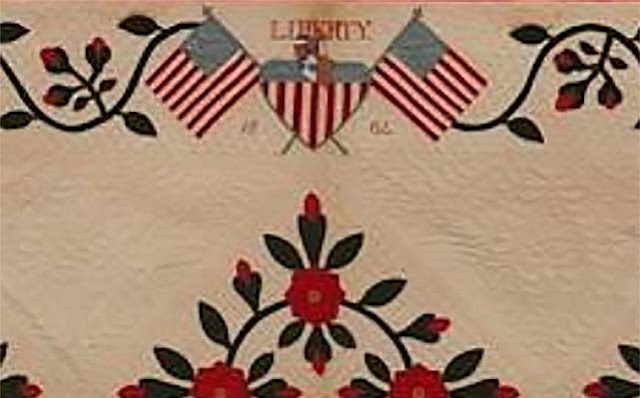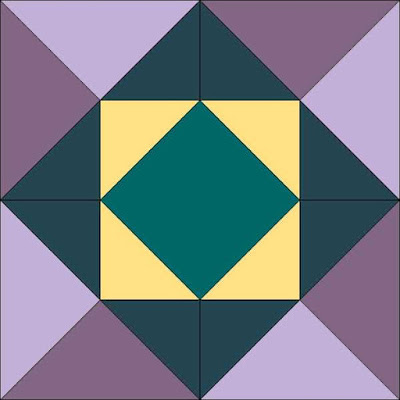Washington Whirlwind #12 by Jeanne Arnieri.
Windblown Square recalls the Lincoln family's life after the White House years.
Heritage Auction
Thomas "Tad" Lincoln at about 14 in 1867
Mary Todd Lincoln left with youngest son Thomas "Tad" for company tried to establish a life as the widow of a martyred and idolized President.
Early 1870s
Spiritualism continued to offer some solace in her windblown years. Charlatan photographer William H. Mumler captured her with this photo superimposing Lincoln's spirit on her portrait. Gullible people like Mary always ready to believe in alternate realities took this kind of "evidence" as Spiritualist gospel.
Never satisfied in one place very long Mary began her new life in Chicago, where eldest son Robert lived, buying a house at what is now 1238 West Washington Boulevard, east of Union Park.
Chicago
Windblown Square, the plan by Becky Brown
After a restless year she rented it out and traveled to Europe. She never returned to live in the house but continued to store trunks and boxes there. She also brought much baggage with her on extended visits to Europe beginning in October, 1868. Being both a hoarder and a woman never content for long in one spot is a bad combination of disorders. And now we can add severe depression to that list of mental problems.
"I am so miserable, I feel like taking my own life. My darling boy, my Taddie alone, I fully believe prevents the deed....I am positively dying with a broken heart and the probability is that I shall be living but a very short time." Mary Lincoln to Elizabeth Keckly, January 12, 1868
Thomas "Tad" Lincoln in Frankfurt, Germany at 16 in 1869.
He spent about 2 years in a German boarding school.
Tad looking like a German student with a buzz cut. As a former special education teacher I fret about him in German schools. He was hard to understand in English and had an obvious learning disability....
How did German boarding school go?
Tad, about 1870.
Mary and Tad returned to the U.S.in 1871.
July, 1871
Tad's health deteriorated and Mary worried about a cold he'd caught on the ocean voyage in the winter of 1870-1871. In another devastating blow, Tad died of a lung disorder a few months later.
Windblown Square by Denniele Bohannon
Mourning cockade
Mary's history of bereavement as widow of an idolized American martyr should have made her a sympathetic figure in the public eye but as they say about those with narcissistic personalities: She was her own worst enemy. Once obsessive about clothing she spent her post-war years obsessing about finances. Although she had adequate resources she publicly hounded Congress for a pension and complained about the generous amount once it was granted. Anxious about her money she pinned securities, bonds and cash to her undergarments, behavior that alarmed her only surviving son attorney Robert who realized it was public knowledge and she was in danger of being attacked. He hired a bodyguard to follow her in secret.
Lincoln Financial Group
Mary Lincoln's stationery 1867
"A piece in the morning Tribune, signed 'B' ...says there is no doubt Mrs. L is deranged and had been for years past and will end her life in a lunatic asylum."
Mary Lincoln letter to Elizabeth Keckly, October 9, 1867
Windblown Square by Elsie Ridgley
If public opinion deemed her insane Robert agreed and had her institutionalized for what he believed to be her own good in 1875. She spent three months at Bellevue Place Sanitarium in Batavia, Illinois, working to free herself, persuading sister Elizabeth and her husband Ninian Edwards to accept responsibility for her, now "restored to reason."
After one more lonely trip to Europe, she spent her last years in the care of the Edwards relatives who gave her a home in Springfield. Mary occupied her days sifting through her fabrics in her trunks and boxes---dress silks and laces a widow could never wear; draperies for houses she did not live in. She died in July, 1882.
Windblown Square by Elsie Ridgley
We'll give Julia Taft Bayne the last word. In closing out her memoir of the Tafts and the Lincolns she wrote of the assassination's effect on the former First Lady:
"Mrs Lincoln was not fitted to withstand a violent blow to her emotions. If....she could not stand even the sight of Willie's playmates, what would be the result of [that] awful shock....She literally went wild with sorrow. I do not believe her mind ever fully recovered its poise."
Julia with Calvin Coolidge in 1928
Julia, our reporter on the Lincoln family, grew up to marry Congregational minister John Strawn Bayne from Illinois in 1869. They had four sons and a daughter during their midwest postings. Brother Horatio II "Bud" became an accountant and died in Rockford, Illinois in 1915. He was said to look much like their cousin William Howard Taft, President from 1909 to 1913 (a rather distant cousin.) Halsey "Holly," also went into banking and died in 1897. Youngest brother William lived in Chicago.
Do read Julia Taft Bayne's Tad Lincoln's Father, on which this year's BOM was based. It's been reprinted by the University of Nebraska Press's Bison Books.
https://books.google.com/books?id=F5UaW8odX0kC&printsec=frontcover&dq=tad+lincolns+father&hl=en&newbks=1&newbks_redir=0&sa=X&ved=2ahUKEwi70Ij4mcP9AhUGHTQIHUwIB50Q6AF6BAgEEAI#v=onepage&q=tad%20lincolns%20father&f=false
The Block
Uh oh! I've been so distracted lately I forgot to post the actual pattern.
Sorry!
1875
Washington Whirlwind, all 12 blocks by Elsie Ridgley
And Jeanne Arnieri
The story of the Lincoln White House and Tad and his mother turned out
to be a lot sadder than I expected. I think if Tad were living today we could do
a lot for him---Special Education and surgery might have made his life happier and longer.
His mother, whom I have always been curious about, is a different story. She looks to
have been a classic Narcissist with a personality disorder that seems incurable.
Hope next year's BOM's are more cheerful!
I think you will enjoy the pieced Petticoat Press.


























































